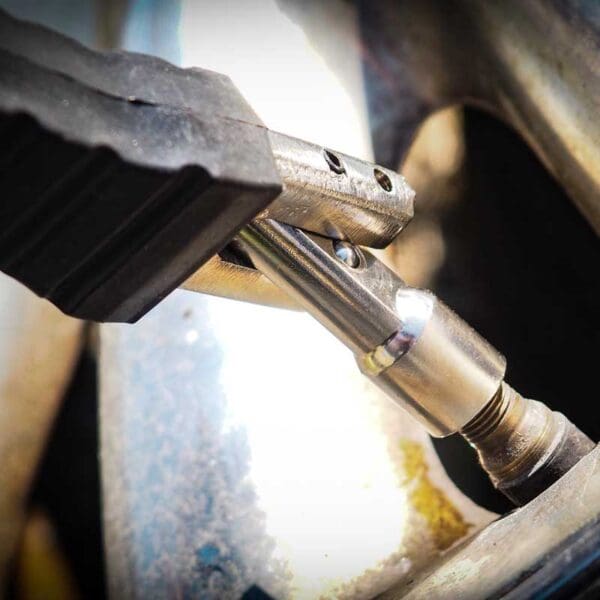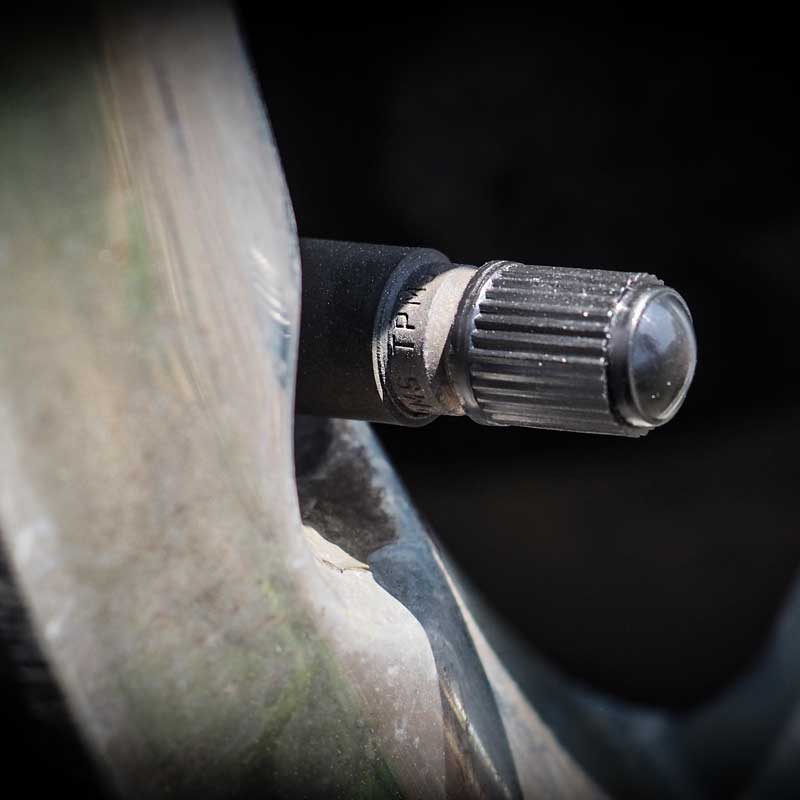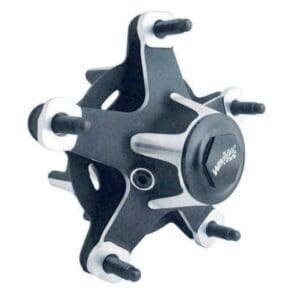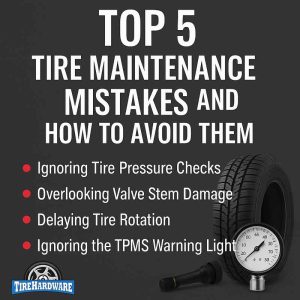Replacing tire valve stems, whether it be a rubber valve stem or metal, can be crucial for vehicle safety and performance. Here’s a guide to help you choose the right valve stem replacements.
Understanding Tire Valve Stems
Tire valve stems are essential for maintaining tire pressure. They come in various materials, including rubber, brass, and nickel. Valve stems allow for the inflation (or deflation) to achieve desired PSI (pounds per square inch).
Rubber Valve Stem
Rubber valve stems are common in passenger cars. They are affordable and easy to install. However, they may wear out faster, especially in high-heat conditions.
Brass Valve Stem
Brass valve stems are durable and often used in heavy-duty trucks. They can withstand high pressure and extreme temperatures, making them ideal for demanding applications.
Nickel Valve Stem
Nickel valve stems are corrosion-resistant and perfect for vehicles exposed to harsh conditions. They offer longevity and reliability, ensuring consistent performance over time.
Importance of TMPS (Tire Pressure Monitoring System)
Modern vehicles use TMPS to monitor tire pressure. Indication lights or actual tire pressure warnings are displayed on the dashboard when the tire pressure gets out of spec. Ensure your new valve stems are TMPS-compatible for accurate readings. This system helps prevent tire blowouts and improves fuel efficiency by maintaining optimal tire pressure.
When to Replace Valve Stems
Replace valve stems whenever you get new tires. Check for cracks, leaks, or corrosion regularly. High heat and extreme conditions can accelerate wear, so inspect more frequently in such environments.
Tire Pressure Considerations
When selecting a valve stem, ensure it can handle the tire’s pressure. High-pressure trailer tires, for example, require high-pressure valve stems. Using a valve stem not rated for your tire’s pressure can lead to air leaks and potential tire failure. Always check the pressure rating of the valve stem and match it to your tire’s requirements.

Installation Tips
Use the right tools for installation to ensure a proper seal and prevent air leaks. Common tools include valve stem pullers and valve core tools. A valve stem puller makes it easier to remove and install valve stems, while a valve core tool helps in removing and installing the valve core without damaging it. Seek professional help if unsure about the installation process.
High-Heat Considerations
High temperatures can degrade valve stems, especially rubber ones. In hot climates or for heavy duty vehicles such as garbage trucks that generate a lot of brake heat from frequent stops, consider using metal valve stems like brass or nickel for better durability.
Consideration for Tire Rim Hole Size
When selecting a valve stem, ensure it fits your tire rim hole size. Some common sizes include:
- .453″ (11.5mm) holes: Standard for most passenger vehicles.
- .625″ (16mm) holes: Often found in heavy-duty trucks and some commercial vehicles.
- .390″ (9.7mm) holes: Used in certain specialty tires and applications.
Matching the valve stem to the correct hole size ensures a secure fit and proper air retention.
Choosing the right valve stem ensures safety and efficiency. Whether rubber valve stem, brass, or nickel, select based on your vehicle’s needs. Remember to check for TMPS compatibility, especially for newer vehicles, and ensure the valve stem matches your tire rim hole size.
At TireHardware.com, we have quality valve stems and tools at low prices. Keep your tires in top shape!











